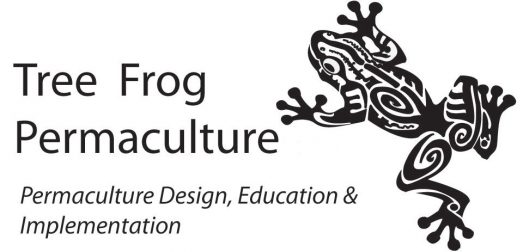Cotton fibres for cloth are produced from the fluff around the seeds of the Cotton plant, Gossypium tilaceae, a member of the Hibiscus family. It needs long growing season for good yields and has high water requirements. Hemp fibres are from the stems of the hemp plant, each fibre is many times the length of a cotton fibre meaning energy saved spinning the fibres into thread. Hemp is drought tolerant and can produce good fibre yields without irrigation, particularly useful for this drought-prone country.

âWater is a major limiting factor in cotton production within Australia. Over 90% of the cotton grown in Australia is irrigated using some 12% of Australiaâs irrigation water. The majority of cotton is grown in areas where rainfall contributes half the cropâs water requirements.plant, each fibre is many times the length of a cotton fibre meaning energy saved spinning the fibres into thread. Hemp is drought tolerant and can produce good fibre yields without irrigation, particularly useful for this drought-prone country.
Cottonâs average water requirement in Australia is 8 megalitres per hectare (ML/ha) compared to rice at 15 ML/ha, citrus at 12 ML/ha, maize at 10 ML/ha and wine grapes at 7 ML/ha. â
http://www.savewater.com.au/index.php?sectionid=67
Another problem faced with farming cotton is when ready for harvest it requires a dry period, otherwise is quite prone to rotting and much of the harvest can be lost. With the increasing unpredictability of weather patterns through climate change it may become impractical to continue using cotton as our main fibre source. Conversely, hemp can be left to ‘rot’ in the field in piles for a period of time, the bacteria even helping with the extraction of the fibres from the plant stems (retting process). Hemp fibres being quite rot resistant. Interesting!!
Hemp is exceedingly environmentally friendly as it has no major pests and can be grown at a high plant density which out-competes weeds, removing the ‘need’ for herbicides. The average fibre production per hectare is very high in comparison with any other fibres commonly used such as cotton, wool, and flax. Hemp fibres, seeds and other products have a plethora of uses… too many for me to regurgitate here but i’ll add a couple of links to some great in-depth reading on the subject.
This business and site is especially impressive and worth the read. Lots of good linked references and data.
http://oecotextiles.wordpress.com/2010/06/02/characteristics-of-hemp/
Cotton Vs Hemp in Australia:
http://www2b.abc.net.au/tmb/Client/Message.aspx?b=29&m=1420&ps=50&dm=2
Hemp bricks and hempcrete!
http://www.hempembassy.net/modules/content/index.php?id=17
http://industrialhempaustralia.com.au/the-product/sustainable-building-products/
Cotton Industry:
http://www.cottonaustralia.com.au/facts/factsandfigures.aspx?id=5

